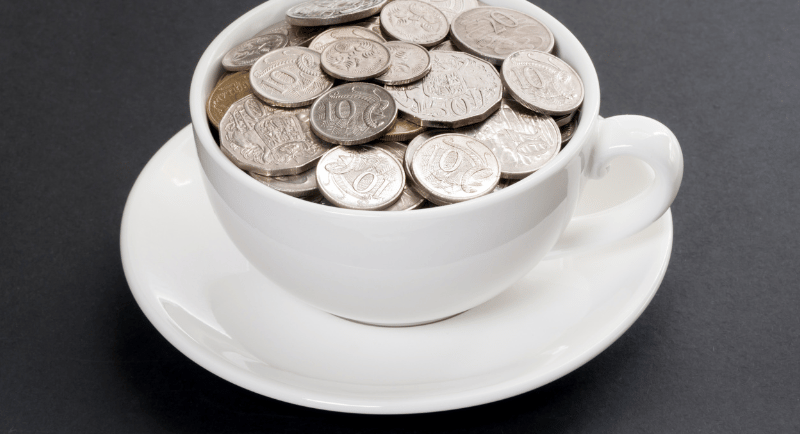Brewing Up Understanding: Exploring the Quality and Cost of Coffee
Coffee, the aromatic beverage that fuels countless mornings and powers through afternoon slumps, is a global phenomenon, enjoyed by millions worldwide.
11/19/20232 min read


Coffee, the aromatic beverage that fuels countless mornings and powers through afternoon slumps, is a global phenomenon, enjoyed by millions worldwide. But behind every steaming cup lies a complex journey, from bean cultivation to roasting and brewing. And just like any other product, the quality and cost of coffee are influenced by a variety of factors.
The Beans: The Foundation of Quality
The quality of coffee beans is the cornerstone of a great cup of coffee. Several factors contribute to bean quality, including:
Species: Arabica and Robusta are the two main coffee bean species. Arabica beans are generally considered higher quality, known for their smooth, complex flavors, while Robusta beans are more robust and contain higher caffeine levels.
Origin: Coffee-growing regions worldwide produce beans with distinct flavor profiles influenced by climate, soil conditions, and cultivation practices. For instance, Colombian coffee is known for its balanced acidity and sweetness, while Ethiopian coffee often boasts fruity and floral notes.
Processing: The processing method, whether wet or dry, affects the bean's flavor and acidity. Wet processing removes the fruit pulp and mucilage before drying, resulting in a cleaner, brighter flavor, while dry processing leaves the fruit pulp on to dry, producing a more intense, earthy flavor.
coffee beans
Roasting: The Art of Transformation
Roasting plays a crucial role in unlocking the coffee bean's full potential. The roasting process caramelizes the sugars, develops the bean's aroma and flavor, and influences its acidity and body. Different roasting levels, from light to dark, produce distinct flavor profiles.
Light Roasts: Light roasts retain more of the bean's origin flavors, resulting in a brighter, more acidic cup.
Medium Roasts: Medium roasts offer a balance of acidity and body, showcasing the bean's unique characteristics.
Dark Roasts: Dark roasts develop a richer, more intense flavor with a pronounced roastiness and lower acidity.
coffee roasting process
Additional Factors Influencing Quality and Cost
Beyond beans and roasting, several other factors influence coffee quality and cost:
Sustainability Practices: Coffee producers who adhere to sustainable practices, such as organic farming and fair trade certifications, often command higher prices due to the ethical and environmental benefits they represent.
Specialty Coffee: Specialty coffee, defined by its exceptional quality and unique flavor profile, typically fetches a premium due to its rarity and careful cultivation.
Transportation and Logistics: The cost of transporting coffee beans from their growing regions to roasters and consumers can impact the final price.
Global Coffee Consumption and Statistics
Coffee consumption has been steadily increasing worldwide, with an estimated 2.25 billion cups consumed daily. The United States is the world's largest coffee consumer, followed by Brazil and Germany.
global coffee consumption graph
The global coffee market is valued at over $150 billion, with specialty coffee representing a growing segment. The demand for high-quality, ethically sourced coffee is driving innovation and growth in the industry.
Conclusion: A Multifaceted Journey
From bean cultivation to roasting and transportation, a multitude of factors influence the quality and cost of coffee. Understanding these factors allows us to appreciate the complexity and diversity of this beloved beverage. So, the next time you savor a cup of coffee, take a moment to appreciate the journey behind that aromatic brew, from the verdant fields of coffee-growing regions to the skilled hands of roasters and baristas.

